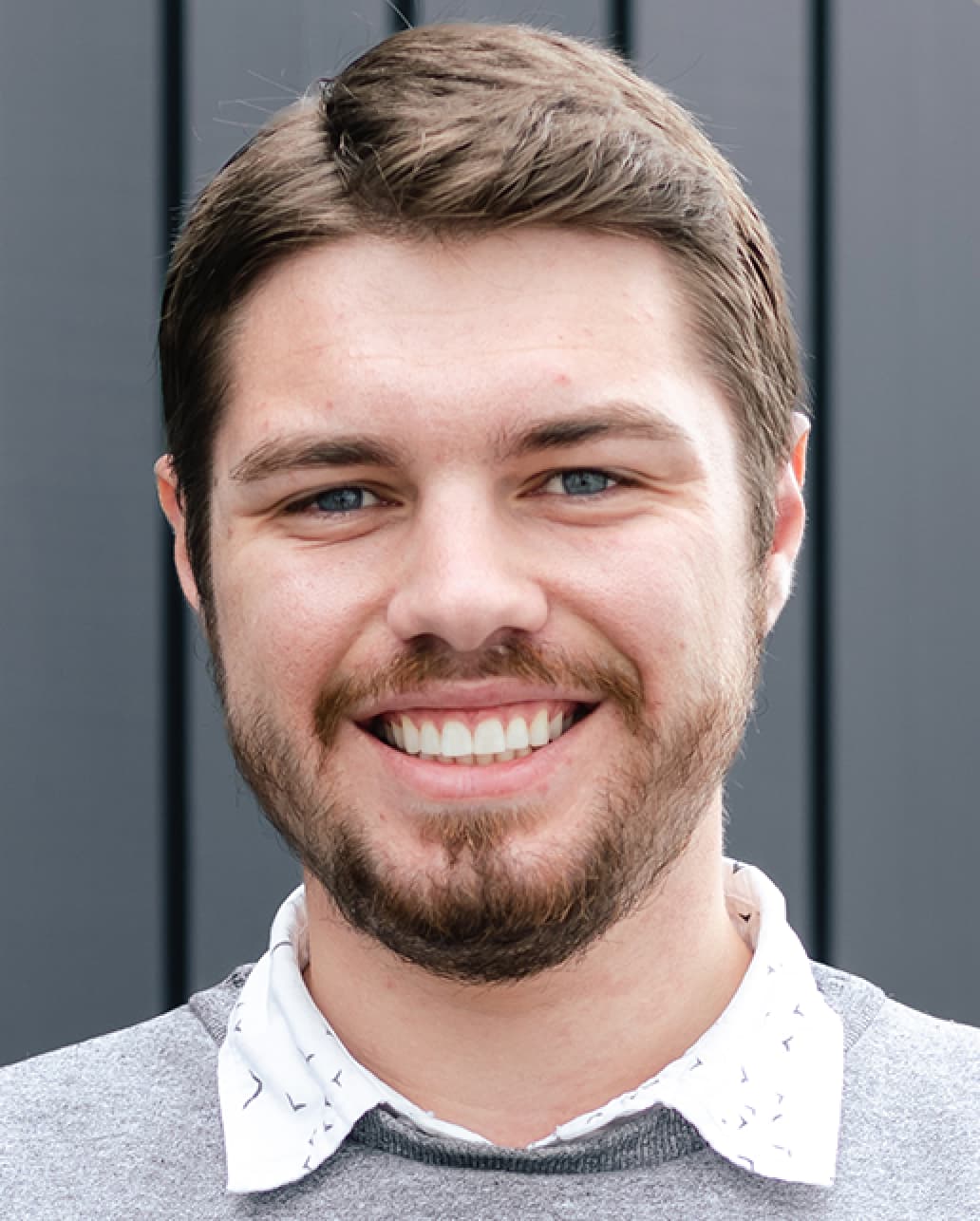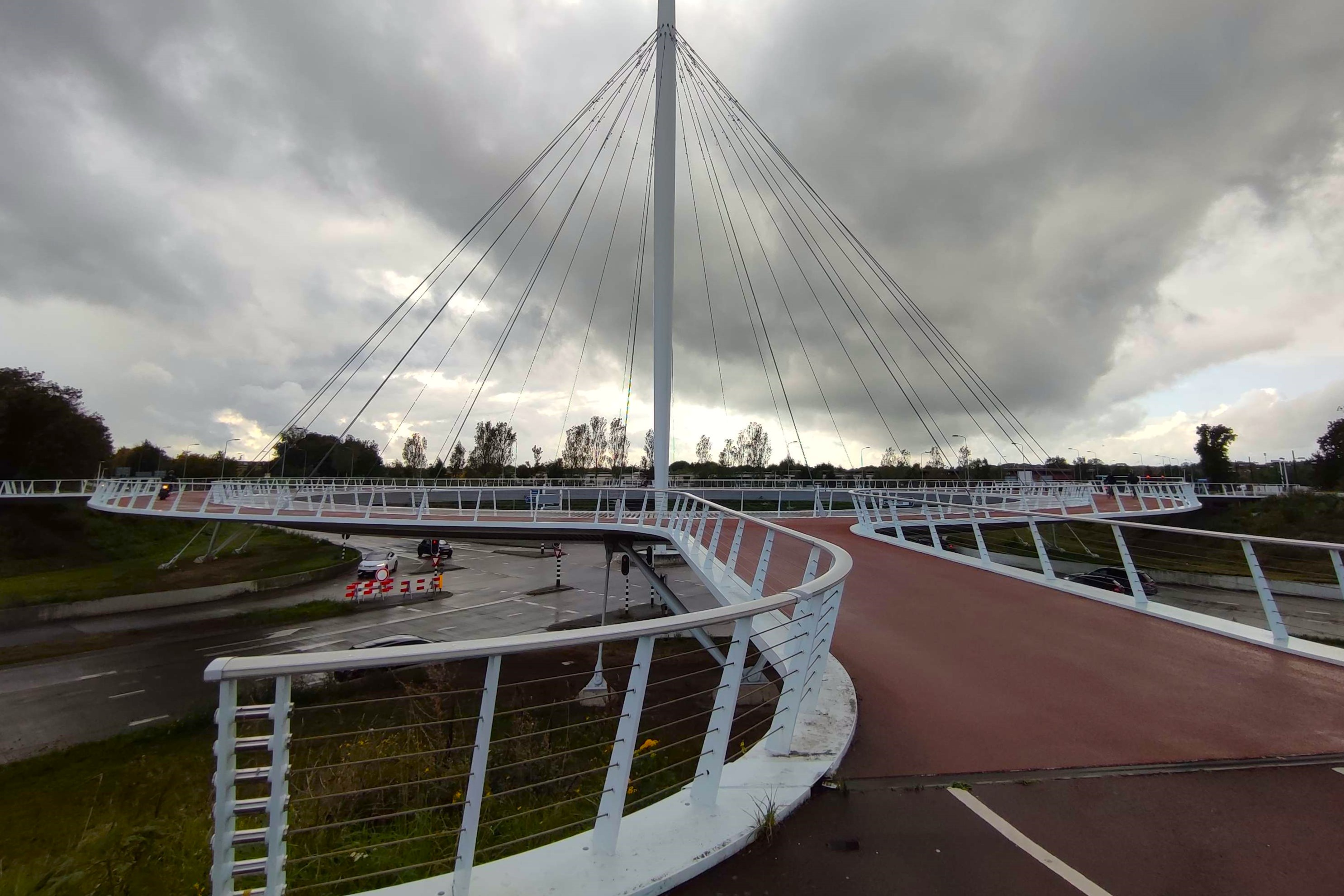Climate advocates: Hope Bypass won’t solve congestion woes


The Hovenring in the Netherlands is an example of how a Gladstone Rd/Lower Queen St flyover could make the route more viable for active travellers, Jace says. Photo: Eduardo da Souza.
Nelson-Tasman’s two mayors have welcomed commitments from both Labour and National to build the Hope Bypass, but not everyone believes that the plan will solve Richmond’s traffic problems.
“Cities do not solve their congestion issues, in the long term, by building more lanes and roading for private cars,” says Jace Hobbs, the Greens candidate for Nelson.
“These corridors will just encourage more sprawling development further from the business centre and this will revert back to the congested condition but now with the added problem of built communities in the wrong places.”
Jace, who has served on an Auckland Council transport committee with other experts and engineers, says the modelling on the defunct Southern Link proposal illustrates his point.
Waka Kotahi modelling shows that if the Southern Link was built, in most instances, travel times would be up to four minutes longer in 2048 when compared to 2018 travel times.
“We can learn here from the experience and failures of other cities and not build ourselves a future that we do not want,” Jace says.
Instead, he suggests the intersection is improved with flyover for pedestrians and cyclists to make active travel more attractive to commuters, similar to the Hovenring in the Netherlands.
“The real-world experience of dozens of metropolitan areas confirms this investment is the sound one.”
Peter Olorenshaw, convenor of sustainable transport group Nelsust, echoes Jace’s concerns.
“It’s like a dog chasing its tail. [The Hope Bypass] will relieve the congestion very briefly until more people are encouraged to drive because there’s all this additional capacity,” he says.
“If we could solve the… hot mess of this intersection, so that people weren’t held up, but also make it more attractive for people on bikes and walking, that seems to us a better solution.”
Peter suggests that instead of a bypass, the intersection of Gladstone Rd and Lower Queen St is replaced by a two-lane roundabout, like those in Annesbrook, to help keep traffic flowing.
The Government owns the land between Stratford St and the Richmond Deviation which he says could allow enough room for the roundabout to be built.
And like Jace, he would like to see a flyover for active travellers built above the intersection to cater for pedestrians and cyclists and give them safe passage over the road.
“At the moment, [crossing the intersection] is pretty horrendous.”
If that solution still results in congestion, Peter thinks the Richmond Deviation should then be widened to allow space for priority lanes for freight, trades vehicles, and buses to get past congested traffic.
“Once you’ve got people in buses actually travelling faster than people in cars, then people flock to the buses,” he says.
“We keep that up our sleeve before we start building new highways with massive carbon expenditure.”
Both Jace and Peter say modelling needs to be completed to see how the Hope Bypass would affect congestion in the future.
Waka Kotahi has confirmed that detailed modelling on the specific impacts of the Hope Bypass has not been carried out yet but would take place during the next business case phase to inform the route’s form and function.
Network-wide modelling undertaken as part of the Richmond Programme Business Case determined that, without the Hope Bypass, travel time reliability along Gladstone Rd will likely worsen.

